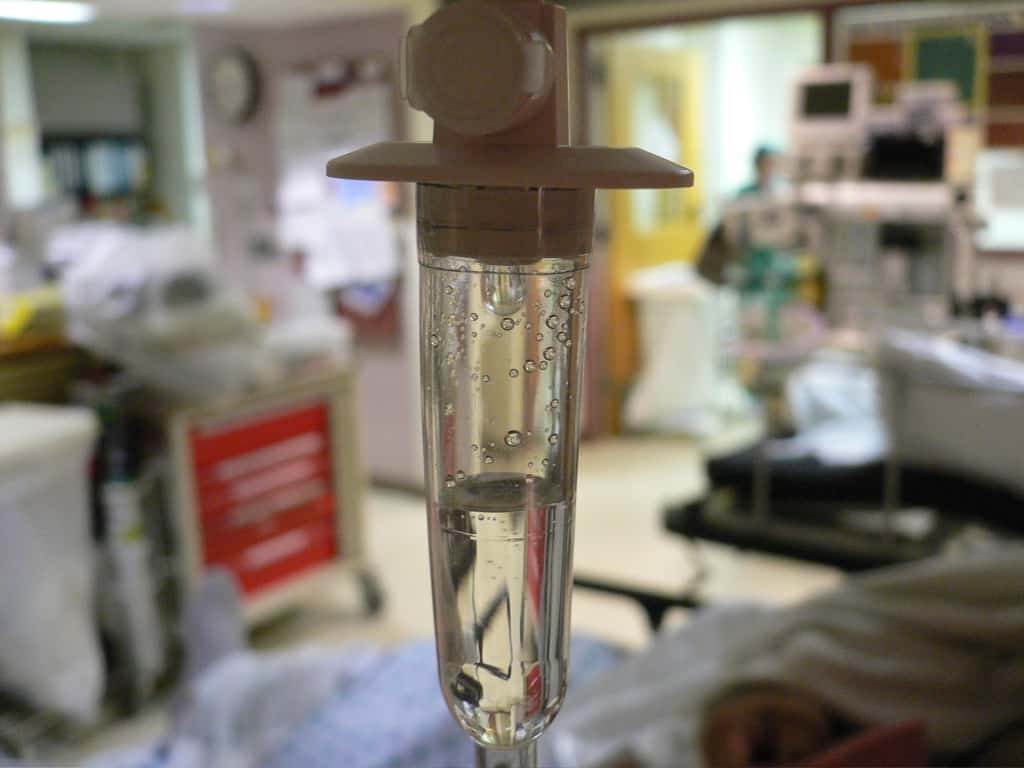October 18, 2017

The prevalence of antimicrobial resistance in India is among the highest in the world. Antimicrobial use in inpatient settings is an important driver of resistance, but is poorly characterized, particularly in hospitalized children. In this study, conducted as part of the Global Antimicrobial Resistance, Prescribing, and Efficacy in Neonates and Children (GARPEC) project, we examined the prevalence of and indications of antimicrobial use, as well as antimicrobial agents used among hospitalized children by conducting four point prevalence surveys in six hospitals between February 2016 and February 2017. A total of 681 children were hospitalized in six hospitals across all survey days, and 419 (61.5%) were prescribed one or more antimicrobials (antibacterials, antivirals, antifungals). Antibacterial agents accounted for 90.8% (547/602) of the total antimicrobial prescriptions, of which third-generation cephalosporins (3GCs) accounted for 38.9% (213/547) and penicillin plus enzyme inhibitor combinations accounted for 14.4% (79/547). Lower respiratory tract infection (LRTI) was the most common indication for prescribing antimicrobials (149 prescriptions; 24.8%). Although national guidelines recommend the use of penicillin and combinations as first-line agents for LRTI, 3GCs were the most commonly prescribed antibacterial agents (55/149 LRTI prescriptions; 36.9%). In conclusion, 61.5% of hospitalized children were on at least one antimicrobial agent, with excessive use of 3GCs. Hence there is an opportunity to limit their inappropriate use
Image courtesy: NoDerivs 2.0 Generic (CC BY-ND 2.0)

